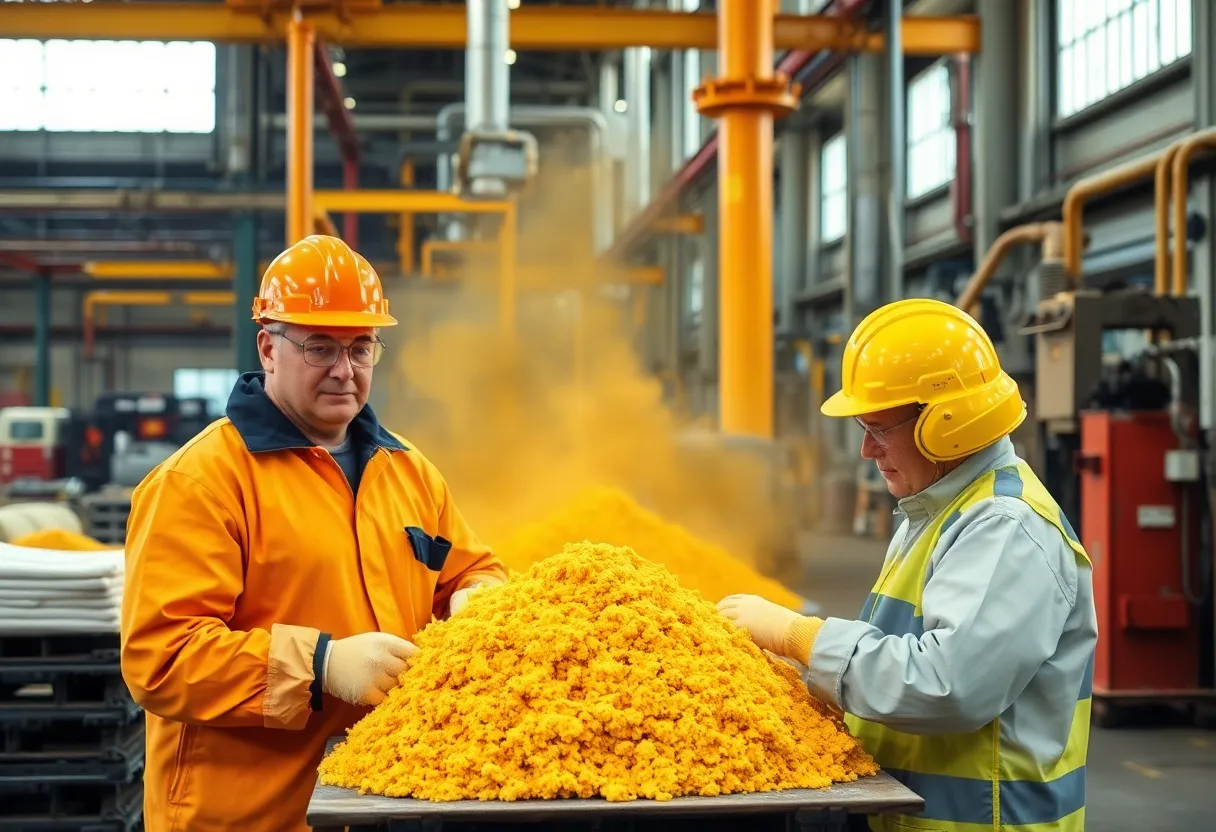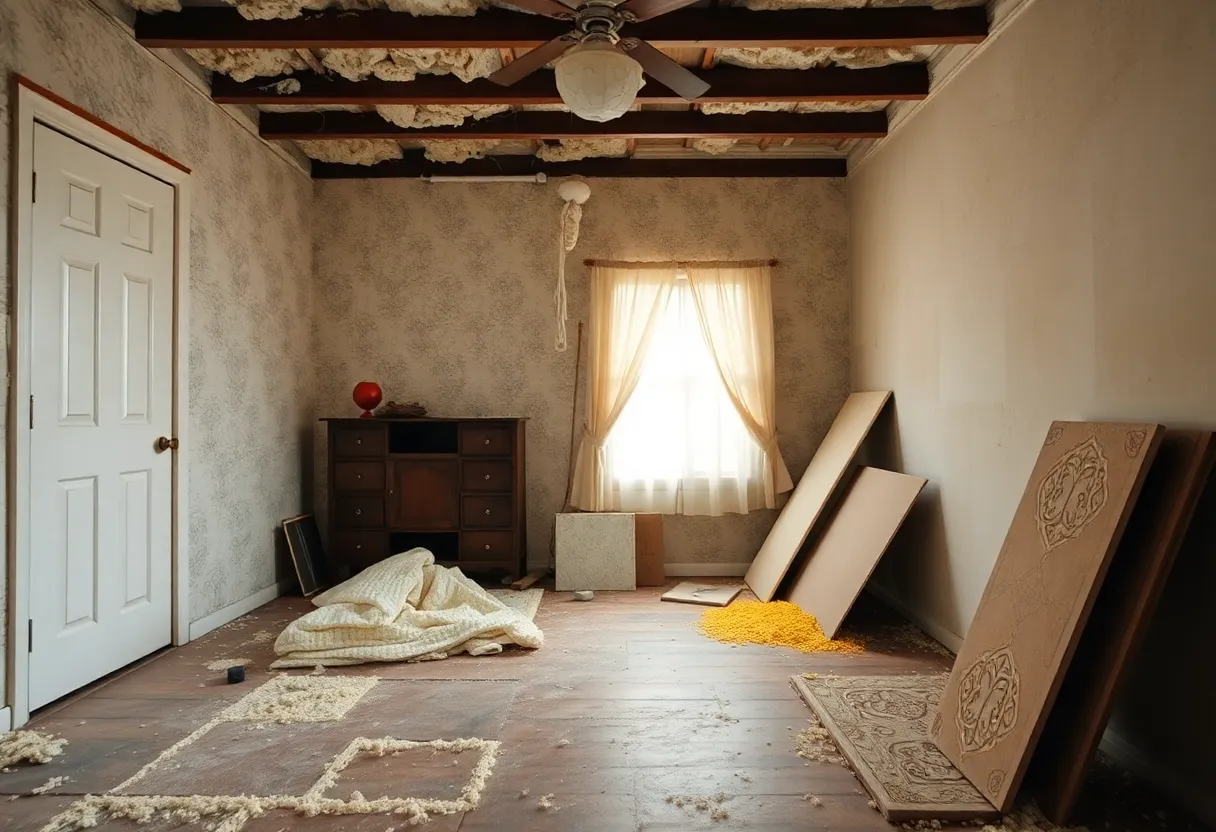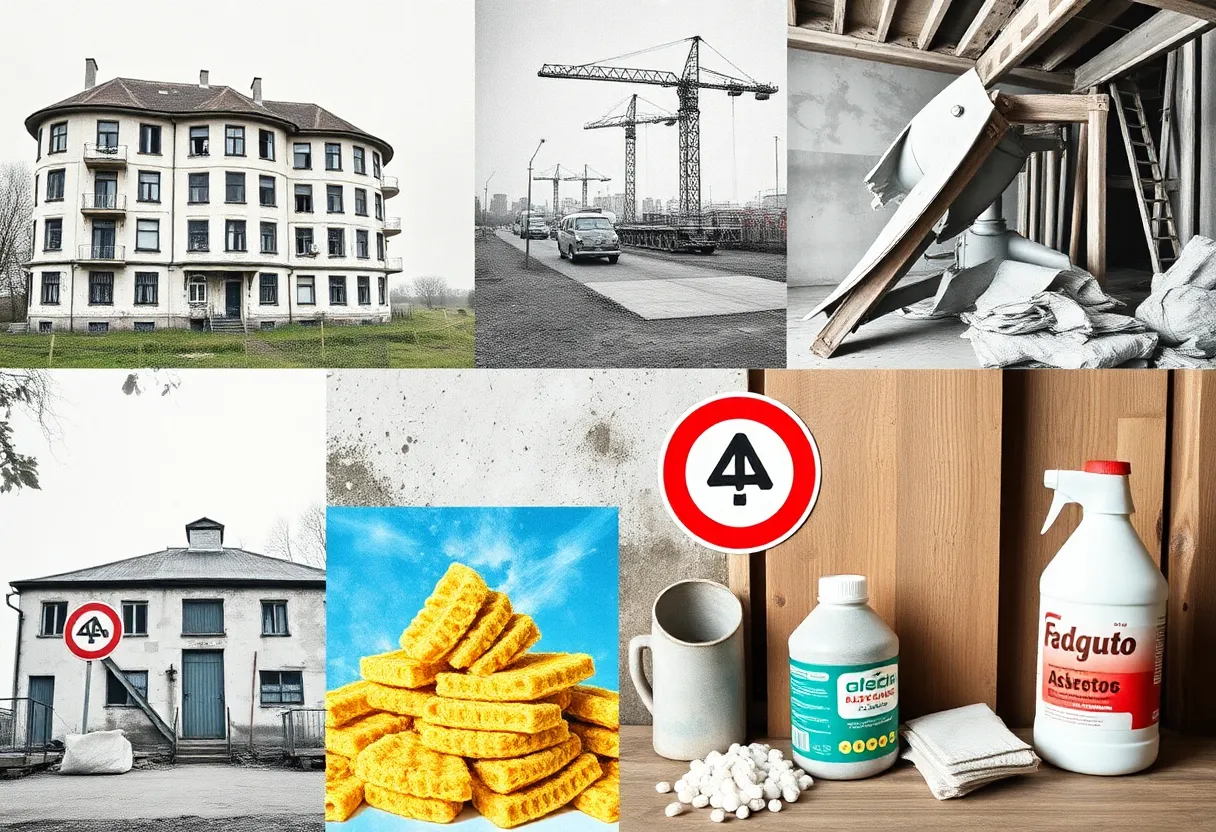News Summary
The Environmental Protection Agency (EPA) is revisiting its ban on chrysotile asbestos, following legal challenges from industry groups. Asbestos is a known carcinogen associated with numerous health risks, including mesothelioma. The review process will take around 30 months, during which the EPA will assess the ban’s effectiveness and explore alternative measures. Health advocates express concerns over the potential weakening of regulations affecting public health, highlighting the ongoing debate between environmental safety and industry interests.
EPA Reconsiders Ban on Chrysotile Asbestos Amid Controversy
As concerns mount over the dangers of asbestos, the Environmental Protection Agency (EPA) is now reconsidering the Biden administration’s ban on chrysotile asbestos, the last type of asbestos still utilized in the United States. This reexamination comes on the heels of a legal challenge from industry groups and public health advocates aiming to overturn the ban, which had been heralded as a milestone in the fight against cancer.
The Serious Risks of Asbestos
Asbestos, a known carcinogen, has been linked to tens of thousands of deaths each year and has been implicated in the development of several cancers, including mesothelioma. This aggressive cancer primarily affects the lining of the lungs and is often diagnosed after decades of exposure to asbestos fibers. In light of these alarming statistics, the Biden administration aimed to finalize the chrysotile asbestos ban as a crucial measure for public health protection. However, the EPA’s recent move to reconsider the ban has raised significant concern among health advocates and environmental groups.
The EPA’s 30-Month Reconsideration Phase
The reconsideration process will unfold over approximately 30 months, during which officials will evaluate whether certain elements of the chrysotile asbestos ban were excessive and whether there are alternative measures capable of reducing associated risks. The ongoing evaluation occurs under the framework of the Toxic Substances Control Act (TSCA), which directs the EPA to thoroughly assess the risks of substances before determining the appropriateness of restrictions.
At the time of the ban’s implementation, eight facilities within the chlor-alkali industry were reported to utilize asbestos diaphragms for the production of chlorine and sodium hydroxide. These facilities were given a minimum compliance timeframe of five years to transition away from chrysotile asbestos, highlighting the challenges that many businesses face in moving away from a material once widely employed for its insulation properties.
The Implications of the Review
The controversy surrounding the EPA’s decision to reevaluate the chrysotile asbestos ban has drawn criticism from a multitude of stakeholders. Some argue that this move serves to weaken existing regulations on a substance known to pose serious health risks, allowing the interests of polluters to transcend the health and safety of the general public. As a result, the EPA is under pressure to uphold stringent regulations for substances that carry a high risk of cancer and other chronic diseases.
In response to public outcry, the executive director of the Environmental Protection Network has criticized the EPA’s leadership for allegedly prioritizing the demands of lobbyists from the asbestos industry over public health concerns. The tension between ensuring safe environmental practices and accommodating industry interests has spun the discussion into a battleground over regulatory policy.
Industry Perspectives and Support for Risk-Based Regulation
On the other side of the debate, the American Chemistry Council expresses support for the EPA’s shift toward a risk-based regulatory approach. This perspective argues that by focusing on the reasonable assessment of risks linked to asbestos, a more balanced regulatory framework can be achieved.
However, this shift is not isolated; it comes amidst other proposals by the EPA seeking to roll back regulations on greenhouse gases associated with coal plants, further complicating the regulatory landscape.
The Historical Context of Chrysotile Asbestos
Historically, asbestos use in the United States peaked in the 1970s and 1980s due to its effective insulation properties. Despite its danger, chrysotile asbestos is still in use in several countries, including China, India, and Russia, which continue to produce it for various industrial applications.
Most notably, the European Union has instituted an outright ban on all forms of asbestos, echoing the growing recognition worldwide of the material’s health hazards. The contrast between international regulations and the U.S. approach highlights an ongoing divergence in public health policy.
The Road Ahead
As the next steps unfold in the EPA’s comprehensive review, various stakeholders must prepare to provide input on feasible alternatives to chrysotile asbestos or suggest methods to reduce workplace exposure risks. If timelines remain on schedule, a final rule could emerge by mid-December 2027. This review period presents an opportunity for further examination of the implications of chrysotile asbestos use and the need for robust protective measures to aid those at risk. Ultimately, the outcome may hold significant consequences for public health and environmental safety in the coming years.
Deeper Dive: News & Info About This Topic
HERE Resources
EPA Reconsiders Chrysotile Asbestos Ban: Public Health Under Threat?
Beware of Hidden Dangers: Asbestos Exposure in Vintage Homes
The Asbestos Controversy Surrounding Altrad: Calls for Responsibility and Change
Controversy Erupts as Philadelphia School District Charged Over Asbestos Mismanagement
Federal Charges Launched Against Philadelphia School District Over Dangerous Asbestos Mismanagement
Federal Charges Against Philadelphia Public Schools for Asbestos Inspection Failures
Groundbreaking Legal Action: School District of Philadelphia Faces Criminal Charges Over Asbestos Mismanagement
Myrtle Grove Trailer Park Faces Asbestos Concerns Amid Demolition
EPA Reconsiders Ban on Chrysotile Asbestos: A Risky Move for Public Health?
Crisis in Libby: Closure of Asbestos Clinic Raises Alarm



















